Femoroacetabular Impingement (FAI - Hip Impingement)
What is Hip Impingement?
Hip impingement is an irritation or compression of the hip joint causing pain and inflammation in the front or side of the hip. There are two major types of impingement - functional and structural. Functional hip impingement due to a severe tightness in the muscles surrounding the ball and socket joint of the hip. This tightness can develop after repetitive use in activities such as running, squats, weightlifting, or prolonged sitting. In these cases, it is often due to a muscular imbalance around the hip that causes the muscles in the front of the hip to compensate for the lack of stability in other places like our glutes. Often manual therapy and releasing tight muscles around that hip can be enough to allow for more freedom of movement and less irritation of the tissues.
Structural hip impingement is called Femoroacetabular Impingement or FAI. Femoroacetabular impingement (FAI) has less to do with the muscles around the hip and more to do with the bony mismatch between the head of the femur and the acetabulum (hip socket). This creates abnormal friction in the socket, causing damage to the layers of cartilage in the hip. It is important to note that FAI is only one of many potential causes of a cartilage injury. FAI is the leading cause of undiagnosed or misdiagnosed hip pain in patients under the age of fifty.
FAI is sub-classified by the type of deformity: "cam", "pincer" or "combined". Cam impingement is caused by an abnormal shape of the head of the femur. This condition is thought to be a result primarily from an abnormal, congenital malformation of the femoral head. Basically, the femoral head and proximal neck are shaped more like an egg as opposed to an hourglass, making it difficult to fit properly into the hip socket. Cam impingement is responsible for 10-17% of all FAI cases and is most common in young men between the ages of 20 and 30.
Pincer impingement results from cartilage overdevelopment on the rim of the socket - usually the upper portion. This condition typically affects patients in their third decade, more commonly in women who are hypermobile (i.e., ballet dancers). Pincer impingement is responsible for approximately 18% of all FAI cases.
In short, cam impingement involves an abnormal femoral head impacting a normal socket, while pincer impingement results from excessive overhang on the rim of the socket pinching against a normal femur. The third type of impingement, "combined impingement", aka "mixed", demonstrates features of both cam and pincer morphology. Combined impingement is the most common form of FAI and is responsible for between 72 and 80% of all FAI cases.
Patients with these bony abnormalities who are required to perform repetitive hip flexion, adduction, and internal rotation are most likely to experience symptoms. Exiting a vehicle, defending a hockey goal, or swimming breast-stroke are examples of provocative motions. Certain occupations, such as carpet laying, may also predispose patients to symptoms.
What Will Hip Impingement Look and Feel Like?
Most patients presenting with FAI are young and physically active. Although bony abnormalities are often present bilaterally, symptoms are usually only present on one side. Presenting complaints typically include onset without a significant event as well as pain in the front of the hip or groin. The pain is typically described as dull and achy and can occasionally radiate toward the outer part of the thigh. Symptoms are often exacerbated by prolonged periods of sitting, stair climbing, or stressful activity- including work or sports that require hip flexion and rotation. Initially, pain is exacerbated only by provocative activities, but continued impingement may lead to more constant pain that affects all activities of daily living. Patients often report limited range of motion, clicking or popping, abnormal movement patterns while walking and squatting, and/or “pinching” in the front of the hip. If the impingement persists and damages the cartilage in the hip, it may lead to painful clicking or locking of the hip.
How Do We Treat Hip Impingement?
Sports medicine is critical in keeping athletes healthy and competing. At Boulder Sports Chiropractic, our chiropractors and physical therapists work one on one with you to make sure the correct problem is diagnosed so the appropriate treatment method is implemented. Our team will start by evaluating which of your muscles are not working as they should and which are compensating. We will then move into extensive muscle work (Active Release Technique, Graston Technique, Massage Therapy, Functional Dry Needling), and chiropractic services manipulation of your lower back, hip, knee and ankle. Other forms of treatment that are used include Electrotherapy, Kinesio or Rock Tape, and Physical Therapy (corrective exercises, strength and conditioning, and stretches). If left untreated, the hip impingement will continue to flare up and cause more pain, also leading to problems later in life. Functional hip impingement can easily be managed and if treated right will often result in a full recovery.
Structural hip impingement is a condition that often requires surgical intervention to remove the excess bone. We will perform an extensive exam, orthopedic tests, and functional movement testing to determine if x-rays and a surgical consultation will be necessary for your case. There are certain structural cases where, with the appropriate management and combination of treatments, one can prevent surgical intervention.
If you feel you have been suffering from hip pain, schedule an appointment to find out how our Boulder Chiropractors and Boulder Sports Physical Therapists can help get you get back in the game in no time!

